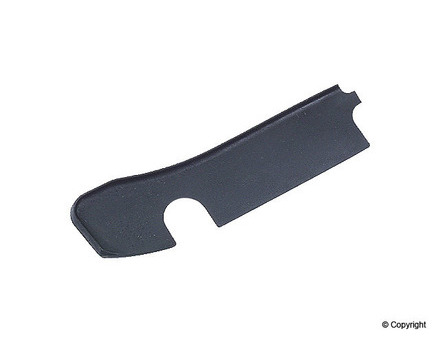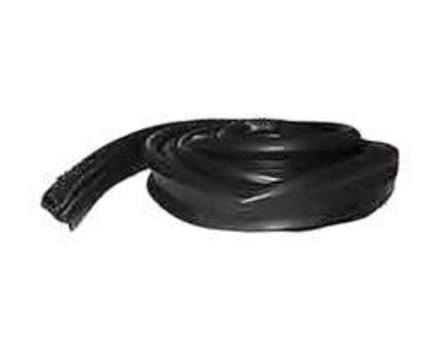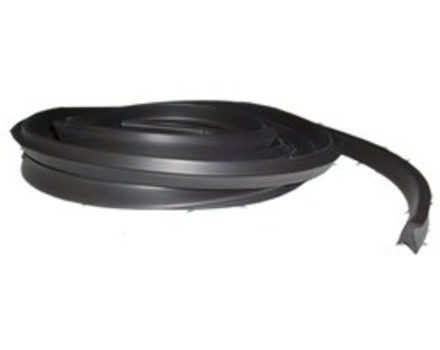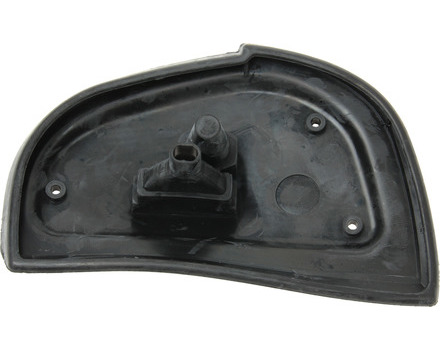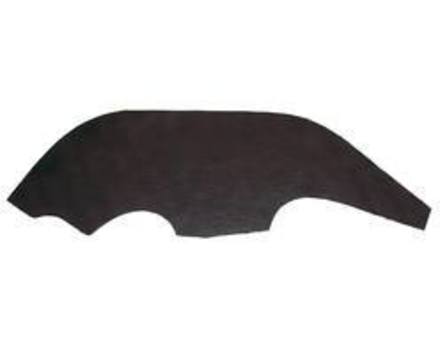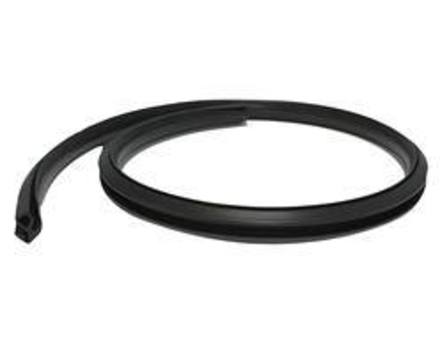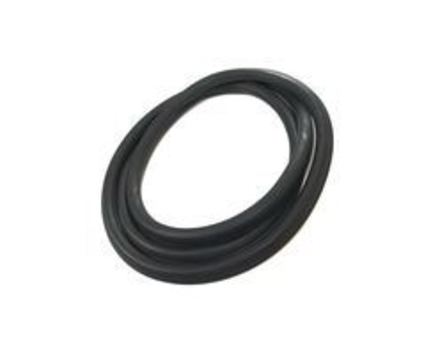Gaskets and Sealing Systems
Filter Options
Important: To get started, click the blue "Filter Options" button to select your vehicle and then use the filters to narrow your options.
Important: To get started, select your vehicle on the left and then use the filters to narrow your options.
What are gaskets and sealing systems?
Gaskets and sealing systems are components used to prevent leaks and create a secure seal between two surfaces. They are typically made of rubber, cork, fiberglass, metal, or a composite material.
How can I tell if my gasket or sealing system is faulty?
If you notice any leaks or drips coming from your vehicle, it is likely that your gasket or sealing system has failed. You may also notice a decrease in engine performance or an increase in engine temperature.
Can a faulty gasket or sealing system cause damage to my vehicle?
Yes, if a gasket or sealing system is faulty, it can cause damage to other components of your vehicle. Leaks can cause damage to the engine and other parts, and also damage other areas of your vehicle such as the interior or exterior.
How do I replace a gasket or sealing system?
Replacing a gasket or sealing system is generally a fairly straightforward process. However, it is important to note that it is a job that requires some technical skill and the right tools and materials.
- Start by removing the old gasket or sealing system from the surface.
- Clean the surface of any dirt and debris.
- Apply a new gasket or sealing system to the surface.
- Secure the gasket or sealing system in place.
- Reassemble the components.
How often should I inspect my gasket or sealing system?
It is generally recommended to inspect your gasket or sealing system at least once a year, or more often if you are noticing any issues with your vehicle. If any leaks or drips are noticed, it is recommended to have the gasket or sealing system replaced as soon as possible.



